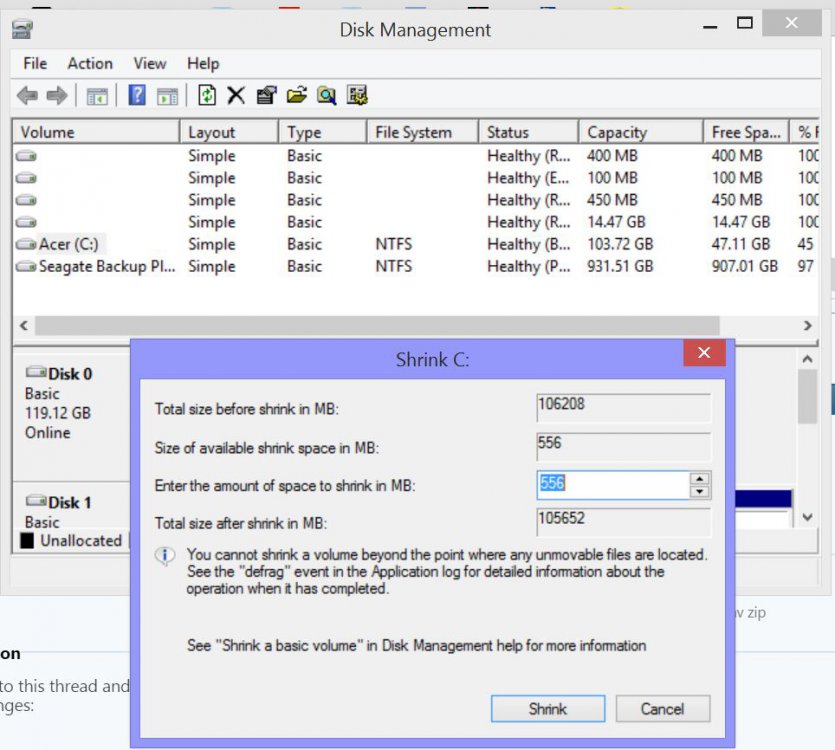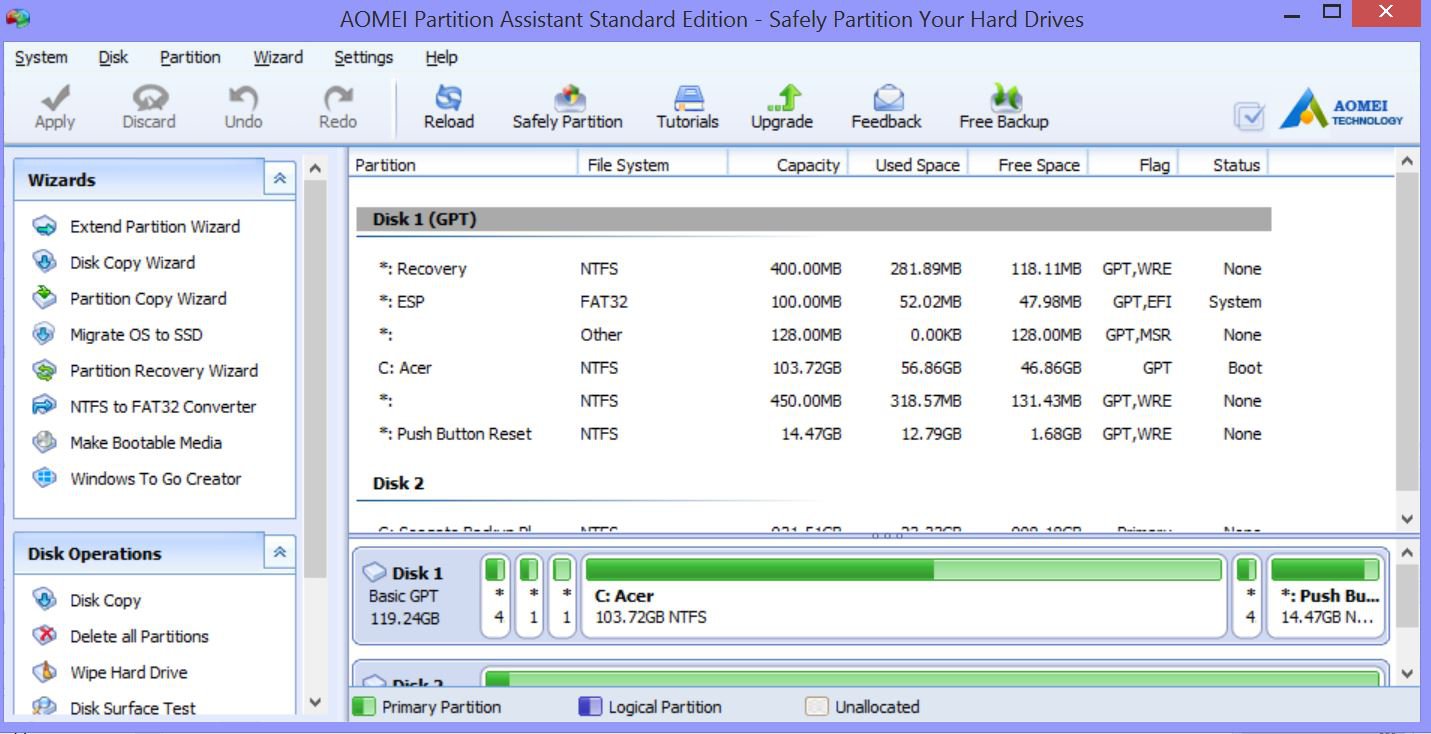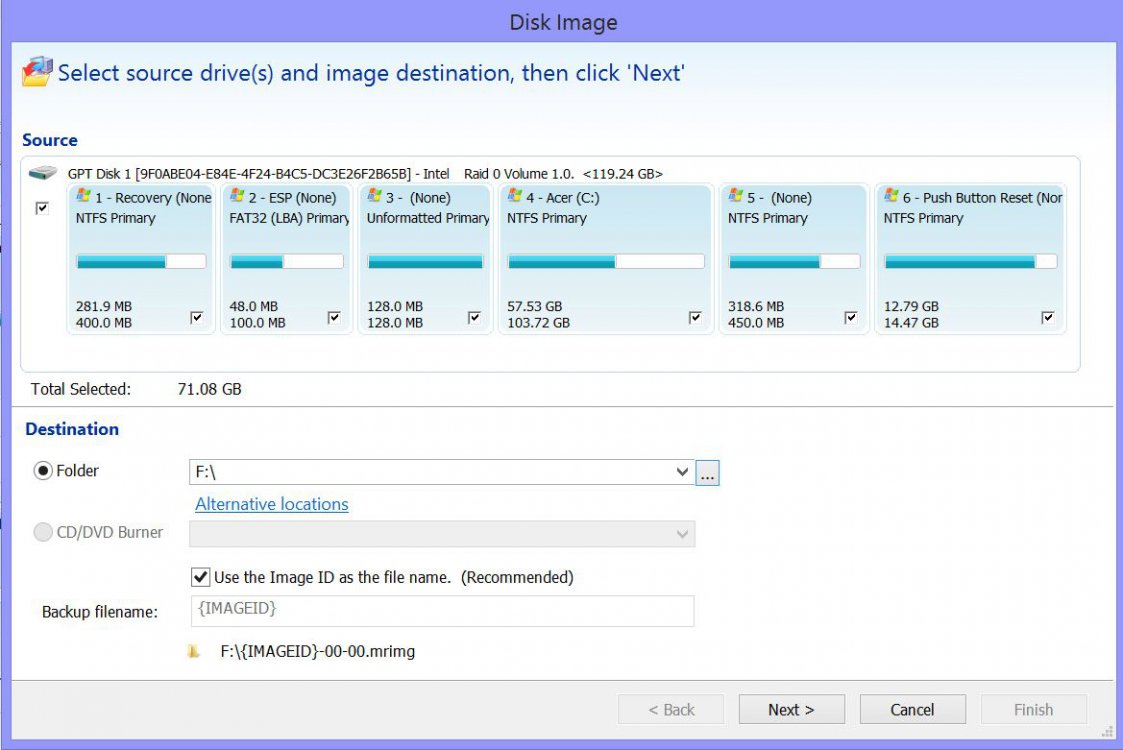Hi all,
I'm trying to shrink my C partition so I can dual boot with Xubuntu. I attempted to do so using Disk Management, however, it only would allow me to shrink 556 MB which is obviously very little space.

Admittedly my hard drive is quite small but I have 47GB free and am only looking to use about 20GB of this max for Xubuntu.
I understand that I need to use 3rd party software to get around the limits of the unmovable files. This is where I get a bit nervous. I downloaded AOMEI and it allows me to shrink the disk down to whatever I want. Is there a limit to how much I should shrink my disk, beyond the obvious 50 odd GB I have in use?

I have already created a USB bootable recovery partition using the Windows utility so worst case scenario I can do a factory reset.
Basically I am just looking for a little reassurance that shrinking the C drive down to about 80GB will allows Windows to operate (it will still be my primary OS) and that I am proceeding correctly.
I'm trying to shrink my C partition so I can dual boot with Xubuntu. I attempted to do so using Disk Management, however, it only would allow me to shrink 556 MB which is obviously very little space.

Admittedly my hard drive is quite small but I have 47GB free and am only looking to use about 20GB of this max for Xubuntu.
I understand that I need to use 3rd party software to get around the limits of the unmovable files. This is where I get a bit nervous. I downloaded AOMEI and it allows me to shrink the disk down to whatever I want. Is there a limit to how much I should shrink my disk, beyond the obvious 50 odd GB I have in use?

I have already created a USB bootable recovery partition using the Windows utility so worst case scenario I can do a factory reset.
Basically I am just looking for a little reassurance that shrinking the C drive down to about 80GB will allows Windows to operate (it will still be my primary OS) and that I am proceeding correctly.
My Computer
System One
-
- OS
- Windows 8.1 64 bit
- Computer type
- Laptop
- System Manufacturer/Model
- Acer Aspire S7 392



